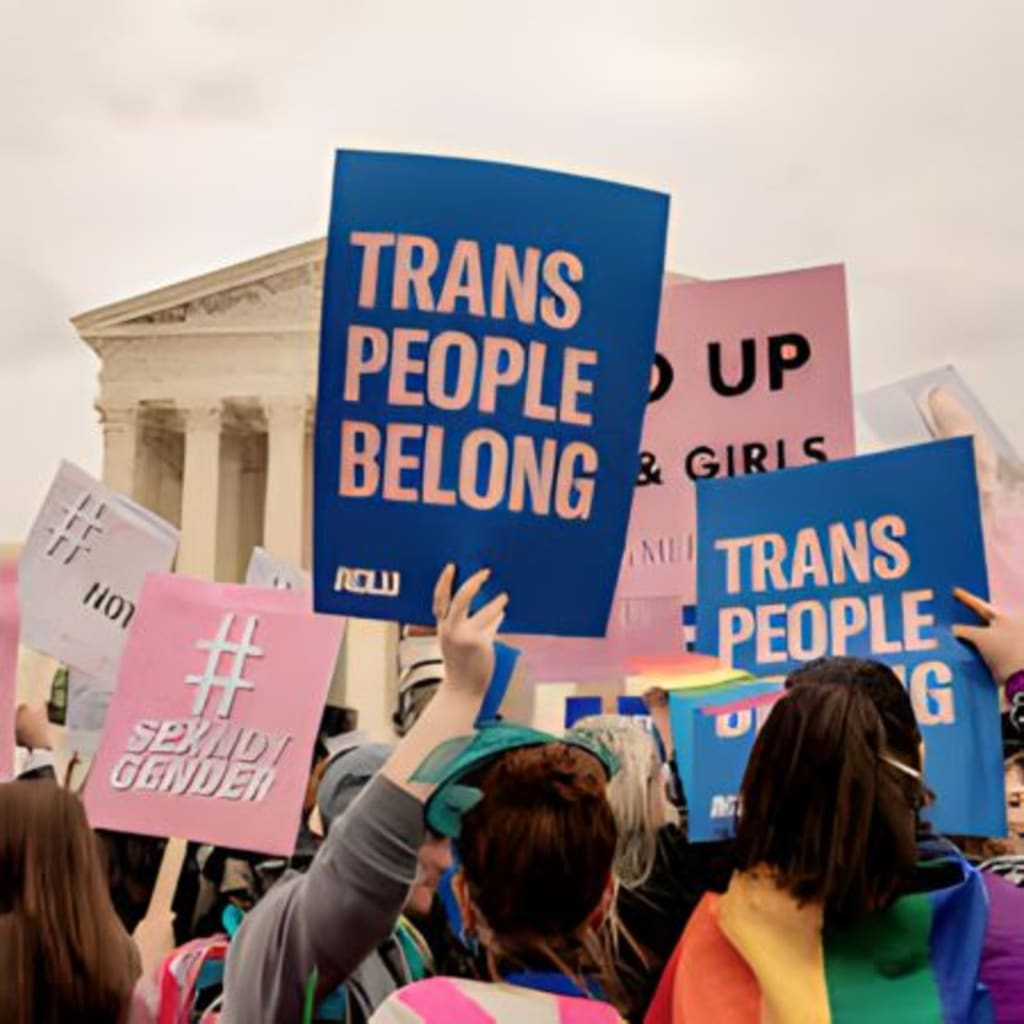Advancing Civil Rights: Women's Rights and the LGBTQ+ Movement in the United States
Twelfth important topic of USA history

Title: Advancing Civil Rights: Women's Rights and the LGBTQ+ Movement in the United States
Introduction
The United States has a rich history of social progress and the pursuit of equal rights for all its citizens. Over the past century, two significant movements have played a transformative role in shaping the nation's landscape: the women's rights movement and the LGBTQ+ movement. This article aims to explore the struggles, milestones, and achievements of these movements in the ongoing fight for civil rights and equality.
Women's Rights Movement
The women's rights movement in the United States emerged in the late 19th and early 20th centuries. Initially focused on securing women's suffrage, the movement expanded its goals to encompass broader issues of gender equality. The suffragettes, including leaders like Susan B. Anthony and Elizabeth Cady Stanton, fought tirelessly for the right to vote, which was achieved with the ratification of the 19th Amendment in 1920.
Following this milestone, the women's rights movement continued to push for equal rights and opportunities in various spheres. In the 1960s and 1970s, the second wave of feminism emerged, addressing issues such as reproductive rights, workplace discrimination, and gender stereotypes. This period saw the passage of key legislation, including the Equal Pay Act of 1963 and the landmark Roe v. Wade Supreme Court decision in 1973.
Despite significant progress, challenges remain. Women continue to face gender-based disparities in various areas, such as pay equity, representation in leadership positions, and the persistence of gender-based violence. However, the ongoing efforts of feminist activists and organizations strive to address these issues and promote gender equality.
LGBTQ+ Movement
The LGBTQ+ movement in the United States has fought for the recognition of the rights and dignity of lesbian, gay, bisexual, transgender, and queer individuals. The movement gained momentum in the late 1960s with events like the Stonewall Riots, a pivotal moment in LGBTQ+ history that sparked a wave of activism and organized resistance against discrimination.
In the following decades, LGBTQ+ activists and allies tirelessly worked towards legal and societal acceptance. They challenged discriminatory laws, fought for anti-discrimination protections, and advocated for same-sex marriage rights. The efforts of organizations like the Human Rights Campaign and the American Civil Liberties Union played a vital role in advancing LGBTQ+ rights.
Significant milestones in the LGBTQ+ movement include the decriminalization of homosexuality, achieved through the Supreme Court's ruling in Lawrence v. Texas in 2003. The landmark Supreme Court case Obergefell v. Hodges in 2015 legalized same-sex marriage nationwide, recognizing the fundamental right to marry for all couples, regardless of their sexual orientation.
Despite these victories, the struggle for LGBTQ+ rights continues. Issues such as transgender rights, discrimination in employment and housing, and the well-being of LGBTQ+ youth remain areas of concern. The fight for equality and acceptance extends beyond legal victories to foster inclusive communities that embrace diversity and promote respect for all individuals.
Intersectionality and Ongoing Challenges
Both the women's rights movement and the LGBTQ+ movement recognize the importance of intersectionality, understanding that individuals can face multiple forms of discrimination based on factors such as race, ethnicity, socioeconomic status, and disability. Intersectional activism seeks to address these overlapping and interrelated systems of oppression to create a more inclusive and equitable society.
While significant progress has been made in advancing civil rights for women and the LGBTQ+ community, there is still work to be done. The movements face ongoing challenges, including persistent social prejudice, systemic inequalities, and the need for cultural shifts in attitudes and perceptions.
Conclusion
The women's rights movement and the LGBTQ+ movement in the United States have made remarkable strides in the pursuit of civil rights and equality. From securing voting rights to landmark legal
victories, these movements have reshaped society and challenged long-standing discriminatory norms. However, the struggle for true equality and social justice is an ongoing process that requires continued activism, education, and solidarity to create a future where all individuals are treated with dignity and respect, regardless of their gender identity or sexual orientation.
About the Creator
Enjoyed the story? Support the Creator.
Subscribe for free to receive all their stories in your feed. You could also pledge your support or give them a one-off tip, letting them know you appreciate their work.





Comments
There are no comments for this story
Be the first to respond and start the conversation.